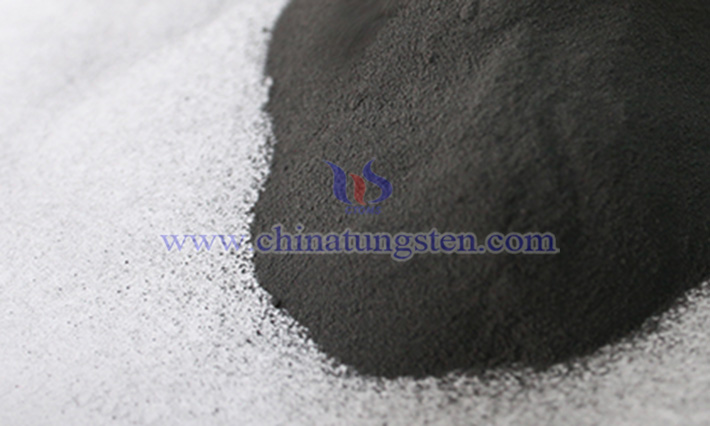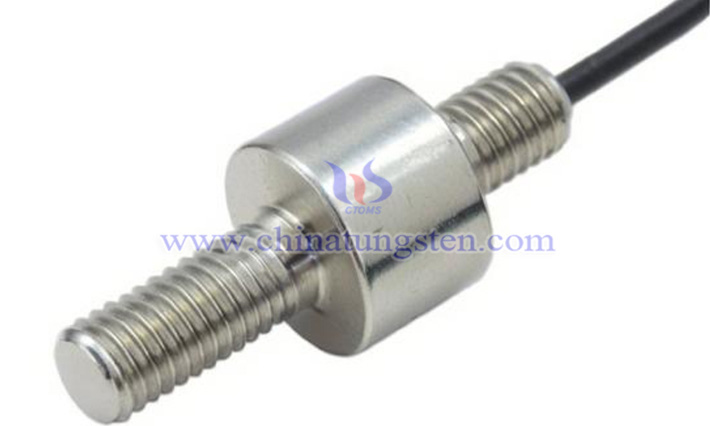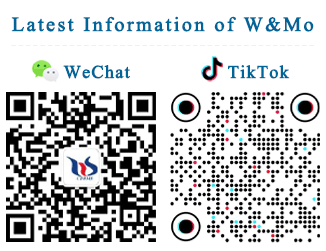Tungsten Disulfide Nanosheet: the "New Darling" in the Sensor Field
- Details
- Category: Tungsten Information
- Published on Thursday, 13 February 2025 16:04
With the rapid advancement of science and technology, sensors, as the core components for information acquisition, have their performance directly determining the technological progress and application outcomes in numerous fields. Be it smart wearable devices, environmental monitoring systems, medical diagnostic instruments, or industrial automation production lines, sensors play an indispensable role. As the requirements for sensor performance continue to rise, researchers are dedicated to exploring novel sensitive materials. Tungsten disulfide nanosheet (WS₂ nanosheet) has demonstrated remarkable application potential in the sensor field owing to its unique physical and chemical properties, and has thus become one of the research hotspots.

New Breakthroughs in Optical Biosensors
In the realm of biomedical testing, the rapid and accurate detection of biomolecules is of utmost significance for the early diagnosis and treatment of diseases. Optical biosensors, functioning as efficient detection tools, are capable of converting the recognition of biomolecules into detectable optical signals based on optical principles. WS₂ nanosheet has emerged as an ideal material for constructing high-performance optical biosensors, attributed to its distinctive two-dimensional layered structure, large specific surface area, and outstanding optical properties.
Researchers have developed a novel composite sensitive material by integrating WS₂ nanosheet with hydroxylated multi-walled carbon nanotubes (MWCNTs-OH). Once this material is modified onto the screen-printed carbon electrode (SPCE), the sensitivity and selectivity of the sensor are notably enhanced. The optical biosensor based on WS₂ nanosheet can precisely measure the surface alterations when the analyte combines with the recognition component to form a complex, through the use of optical instruments. Consequently, it enables high-precision biomolecule detection.

Innovative Design of Electrochemical Power-Generation Humidity Sensor
Humidity, being a crucial parameter of the environment and human physiology, holds great significance in various fields. For instance, in agricultural production, appropriate humidity conditions are conducive to crop growth. Humidity sensors can monitor soil and air humidity in real-time, offering data support for precise irrigation and environmental regulation. In electronic equipment manufacturing workshops, overly high or low humidity may impact product performance and quality, necessitating high-precision humidity sensors for environmental control.
In recent years, with the development of self-powered sensing technology, power-generation humidity sensors have garnered extensive attention due to their potential self-powered advantages. The research team from the University of Electronic Science and Technology of China has proposed an integrated electrochemical humidity sensor for humidity sensing and power generation, based on WS₂ nanosheet. This sensor utilizes only WS₂ nanosheet as the humidity-sensitive material, eliminating the need to add electrolytes containing lithium or sodium ions. By establishing a proton-conduction mode, it accomplishes wide-range humidity detection and rapid response/recovery. This design not only simplifies the sensor fabrication process but also significantly reduces costs, presenting a new solution for the widespread application of humidity sensors.
- Tungsten Manufacturer & Supplier, Chinatungsten Online: www.chinatungsten.com
- Tungsten News & Prices of China Tungsten Industry Association: www.ctia.com.cn
- Molybdenum News & Price: news.molybdenum.com.cn
- Tel.: 86 592 5129696; Email: sales@chinatungsten.com



 sales@chinatungsten.com
sales@chinatungsten.com